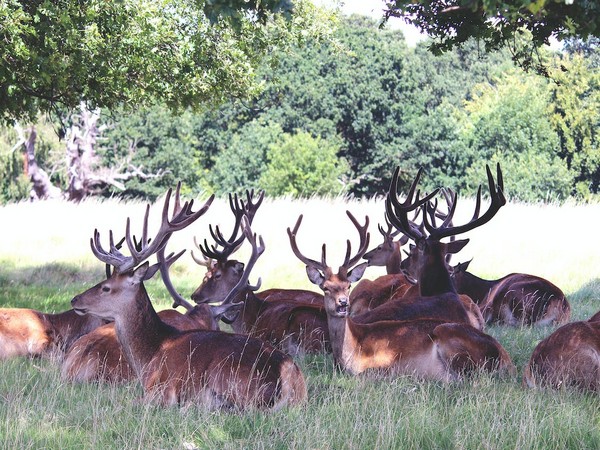Temperature extremes influence distribution of species: Study
Montreal [Canada], November 22 (ANI): As the planet warms, animal and plant species worldwide will face new, potentially unpredictable living conditions, potentially altering ecosystems in unprecedented ways.

A new study conducted by McGill University researchers in collaboration with researchers from Spain, Mexico, Portugal, Denmark, Australia, South Africa, and other Canadian universities investigated the importance of temperature in determining where animal species are currently found in order to better understand how a warming climate may impact where they may live in the future.
The researchers investigated the impact of temperature as a factor that could limit a species’ possible habitat range.
They compared the temperatures and habitats of 460 cold-blooded animal species to the temperatures and habitats where they may dwell depending on their temperature tolerance.
They discovered that, unlike marine species, land animals such as reptiles, amphibians, and insects have habitat ranges that are less directly influenced by temperature.
According to the researchers, the higher a species’ latitude, the less likely it is to live in locations near the equator with temperatures it can handle.
This indicates that rather than temperature tolerance, negative interactions with other species, such as competitors or parasites, may keep these species away from this prospective environment.
“It was not surprising to find that temperature doesn’t always limit species ranges, but what was surprising was that, despite the complexity, we found general patterns in the role that temperature plays across species,” said lead author of the study published in Nature Ecology & Evolution and PhD student in the Department of Biology, Nikki A. Moore.
“This research helps us to understand general patterns in how sensitive the distributions of different cold-blooded animal species might be to changes in temperature, which will help us to predict how the global distribution of species will change because of climate change.”
The pattern that Moore and colleagues found helps resolve two conflicting hypotheses about the distribution of life on Earth.
“While it had long been thought that species ranges are less limited by temperature and more limited by species interactions in the tropics, the new work shows that higher-latitude species are increasingly excluded from their potential ranges in the tropics, supporting the idea of a trade-off between broad thermal tolerances and performance in the tropics,” said Moore.






